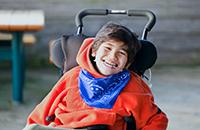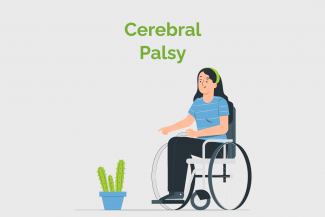Cerebral Palsy is a birth-related disorder that affects the brain and nervous system. The nerve damage causes difficulties in the child’s movement, coordination, posture and ability to walk. It can also affect speech, cognitive ability, vision, and cause epilepsy.

Cerebral palsy is diagnosed based on the child’s medical history and physical examination, like the infant’s motor skill and symptoms. Brain imaging technologies can reveal areas of damage or abnormal development in the brain.
The tests include:
Radiographic tests:
- Magnetic resonance imaging (MRI): An MRI uses radio waves and a magnetic field to produce detailed 3-D or cross-sectional images ofthe brain. An MRI can often identify any lesions or abnormalities in the brain.
- Cranial ultrasound: A cranial ultrasound uses high-frequency sound waves to obtain images of the brain. An ultrasound doesn't produce a detailed image but it can provide a valuable preliminary assessment of the brain.
- Computerised tomography (CT) scan: A CT scan uses X-rays to obtain cross-sectional images of the brain. A CT scan may be used to identify abnormalities in the brain.
Electroencephalogram: In an EEG test, a series of electrodes are affixed to the scalp.The EEG records the electrical activityof the child's brain and recognises the changes from normal patterns of brain waves.
Lab tests:
Used to screen or rule out other metabolic disorders.
Additional tests are performed to rule out vision impairment, hearing and speech impairment.
Changed
20/Jul/2017
Community
Condition














